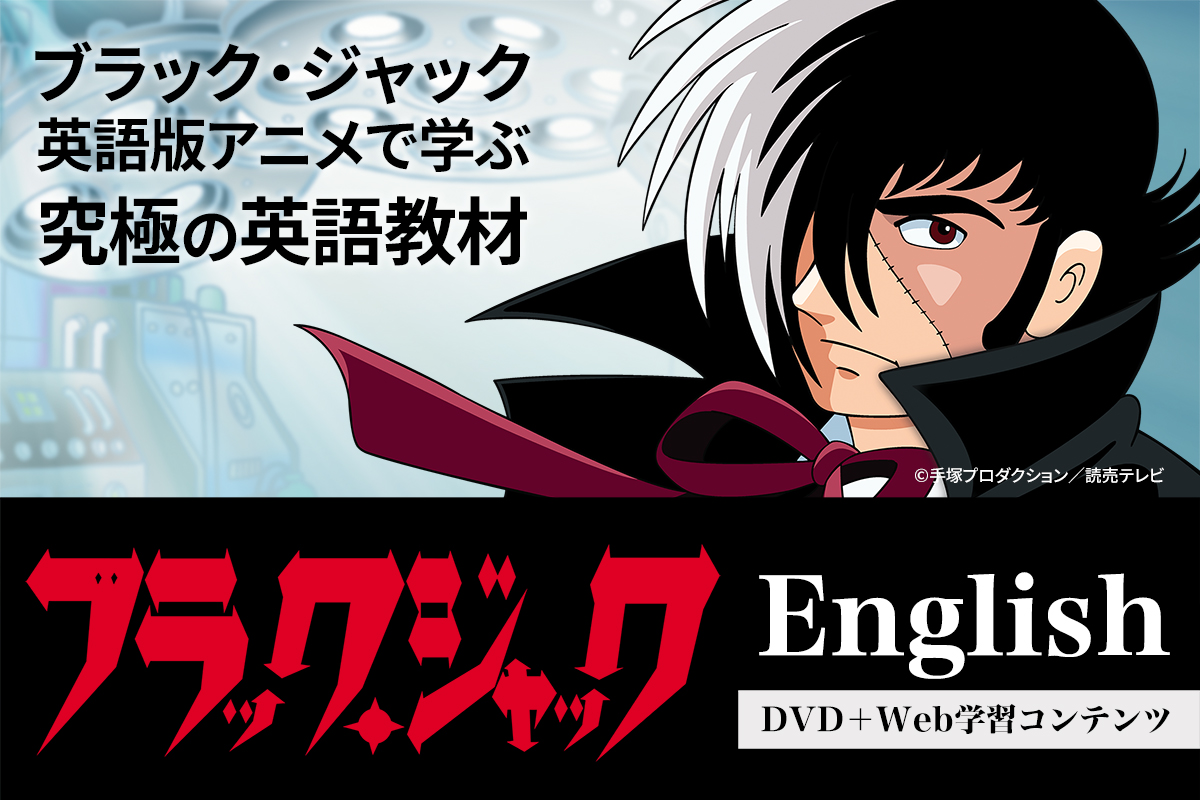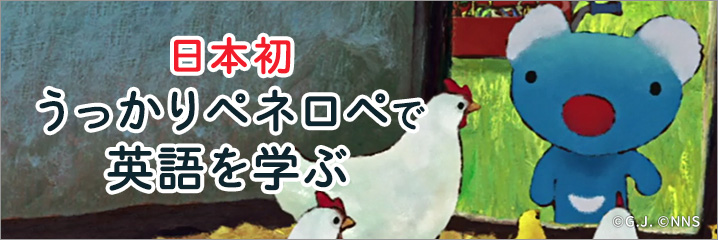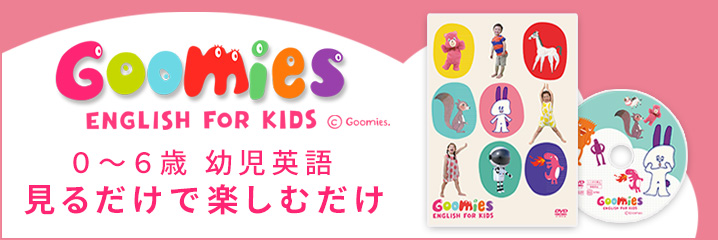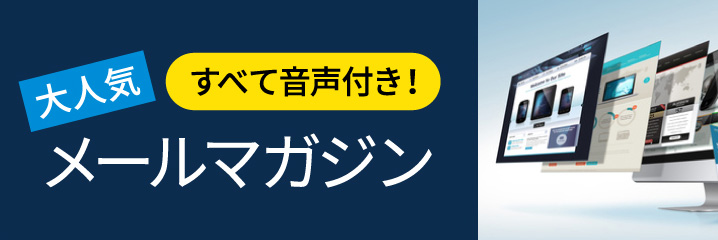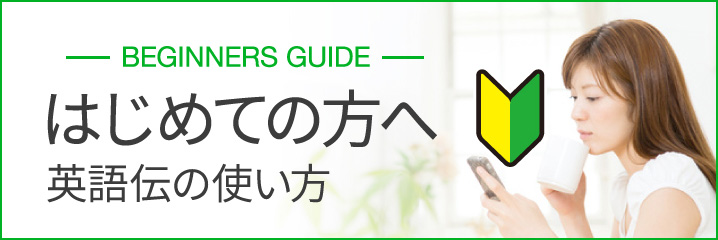女性の英会話劇場Woman's Story
Scene 13-7 Bella Donna
Pretty Straightforward
The next day, Malcolm meets Cassie for lunch, bearing a sample pack of cosmetics as promised, and explains to her what she has to do as a tester.
Dialog
繰り返し聴いて英語の自然なリズムを身につけましょう。
Malcolm: Hi, Cassie. Sorry I’m late.
Cassie: No problem. I just got here myself. Is this the sample pack you
were talking about?
Malcolm: Yep. Have you decided what you want to eat?
Cassie: Yeah, I think I’ll have the clam chowder, the spaghetti
peperoncino and an OJ.
Malcolm: Mmm, clam chowder sounds good.
Waitress: Are you ready to order?
Malcolm: Yeah, we’ll have two clam chowders, one spaghetti peperoncino,
one fettucine Bolognese, an orange juice and a coke.
W: Two clam chowders, a peperoncino, a fettucine Bolognese, an OJ
and a coke. Would you like dessert with that?
Malcolm: Cassie?
Cassie: No thanks, I’m on a diet.
Malcolm: No dessert for me either, thanks.
W: OK. I’ll bring you your drinks now.
Malcolm: Right, now let me show you what we want you to do. We have a
whole set of samples here – cleanser, lotion, moisturiser,
conditioning cream, anti-aging cream and facial packs.
Cassie: Excellent! And what do I have to write?
Malcolm: These are the report forms. You just have to check the relevant
boxes and answer the questions about each product, and then add
any extra comments in these boxes at the end of each form. The
questions are pretty straight-forward, and most testers write six
to ten lines of additional comments on each form. Think you can
do that?
Cassie: I sure can! When do you want this back by?
Malcolm: Well, we’d like you to use the products for about six weeks,
so you can get a good idea of their effects. There’s an outline
here which tells you the procedure so have a quick read through
that before you start and let me know if you have any questions.
Cassie: Sounds easy enough. I’ll get onto it right away!
To be continued
Explanations
そのまま使える便利なフレーズを覚えましょう。
I just got here myself.
(私も今来たところよ。)
“get”は「着く、到着する」という意味。“here”, “there”の前には
“to”が付かない。文末の“myself”は、強勢を置いて強調用法として、
私自身という意味。Iまたはmeと同格に用いる。従って、省略しても
文としては成り立つ。
Ex: I fixed the PC myself.
(私は、自分でパソコンを直した。)
Yeah, I think I'll have the clam chowder, the spaghetti peperoncino and an OJ.
(ええ、クラム・チャウダーとスパゲティー・ペペロンチーノとオレンジ・ジュースにするわ。)
“have 〜”は「〜を食べる、〜を飲む」という意味がある。 “eat”,
“drink”の遠回しの語である。何か食べ物・飲み物を注文する時には、
“I'll have 〜.”, “Can I have 〜?”と言うことができる。
Ex: Can I have a cup of coffee, please?
(コーヒーを一つお願いします。)
No dessert for me either, thanks.
(僕もデザートは、いらないよ。)
“either”は「〜もまた〜しない」という意味で、否定文の後で、同意・
補足を表す。肯定文の場合には、“too”, “also”となる。例えば、
肯定文では、“I like apples.” “I like them too.”「私は、りんごが
好きです。」「私も好き。」となるが、否定文では、“I don't like
apples.” “I don't like them either.”「私は、りんごが嫌いです。」
「私も嫌い」となる。
この場合、“Me too”/“Me either”という言い方もあるが、“Me either”
はアメリカで使われているのが多く、それ以外のところでは、“Me neither.”
という言い方が多い。
Ex: My father can't drive and my mother can't either.
(私の父は車の運転が出来ない。母も出来ない。)
The questions are pretty straight-forward, and most testers write six to ten lines of additional comments on each form.
(質問は結構簡単だし、殆どのモニターの人たちは、各用紙に、6から10行の追加のコメントを書いてるよ。)
“straight-forward”は「容易な、分かりやすい、単純な」という意味。
他にも、「真っ直ぐ進む、単刀直入な、直接的な、率直な、素直な、
正直な、不正のない、(情報などが)確実な」という意味もある。
Ex: This English book was straight-forward.
(この英語の本は、分かりやすかった。)
Sounds easy enough.
(それなら簡単そうかな。)
“enough”はここでは「まあまあ、まずまず、どうにか」という意味。
また「足りる、十分な、必要なだけの、十分な数、全く」という意味も
ある。
Ex: Is it warm enough for you?
(このぐらいの暖かさで大丈夫?)
I'll get onto it right away!
(すぐに始めるわ!)
“get onto”は「取りかかる、(次の仕事・話題などに)移る」という
意味。その他、“get”を使ったイディオムには、“get down to 〜”
「〜に本気で取りかかる。」、“get with”「取り組む、進める」、
“get at”「取りかかる、手に入れる」、“get through with”
「(仕事などを)終える、仕上げる」、などがあり、“get”を使った
イディオムには、「事を始める・終わる」という意味を持つものが沢山
ある。
Ex: We've got to get onto the next project.
(次のプロジェクトに取りかからなくちゃ。)
Translation
英文と比較して内容をしっかり確認しましょう。
M: やあ、キャシー。遅れてごめん。
C: いいのよ。私も今来たところよ。これが、あなたの言っていた
サンプル・パック?
M: そうだよ。何を食べるか決めた?
C: ええ、クラム・チャウダーとスパゲティー・ペペロンチーノと
オレンジ・ジュースにするわ。
M: う〜ん、クラム・チャウダーは美味しそうだな。
Waitress: ご注文はお決まりですか?
M: はい、クラム・チャウダーが二つと、スパゲティー・ペペロンチーノが
一つ、フェトチーネ・ボロネーゼが一つ、オレンジ・ジュースとコーラ
をお願いします。
W: クラム・チャウダーがお二つ、ペペロンチーノ、フェトチーネ・
ボロネーゼ、オレンジ・ジュースとコーラ。ご一緒に、デザートは
いかがですか?
M: キャシーは?
C: いらないわ、ダイエット中なの。
M: 僕もデザートは、いらないよ。
W: 分かりました。ドリンクを、今お持ちします。
M: それじゃあ、君に何をして欲しいか、説明させてくれよ。ここに、
サンプル一式がある-洗顔料、ローション、モイスチャライザー、
コンディショニング・クリーム、アンチエイジング・クリームと、
フェイシャル・パック。
C: 凄い!それで、私は何を書かなくちゃいけないの?
M: これが、レポート用紙だ。該当する欄にチェックして、各製品の質問に
答えるだけだよ。そして、それぞれの用紙の最後にある、この欄に、
その他のコメントを加えるんだ。質問は結構簡単だし、殆どの
モニターの人たちは、各用紙に、6から10行の追加のコメントを
書いてるよ。出来そう?
C: もちろん出来るわ!いつまでに、これを返して欲しいの?
M: う〜ん、君に、6週間位製品を使って欲しいんだ、そうすれば、製品の
効果の良い点が分かるよ。やり方の概要がここにあるから、始める前に
さっと読んで、もし、何か質問があったら俺に言って。
C: それなら簡単そうかな。すぐに始めるわ!
つづく
- 今日のONEフレーズ
-
英語では何と言うでしょう?
それでは,ここで失礼します,田中さん。
- 人気のレッスン
-
- 「おととい」はthe day before yesterdayじゃない!? つかえる英会話集
- Santa Claus アメリカンジョーク集
- specificを使いこなそう つかえる英会話集
- 使いこなす!“The bottom line is … つかえる英会話集
- ヘビロテ つかえる英会話集
- 人気のキーワード

